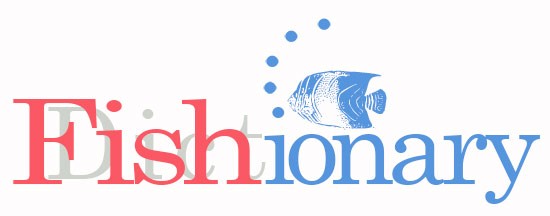TAC
TAC is Total Allowable Catch. This is the upper limit in the amount of fish, either by weight or number, that a fishery is allocated in a given season or year. TACs can apply to the targeted fish and/or bycatch, where once the limit is reached the fishery is closed for the remainder of the applicable … [Read more…]
